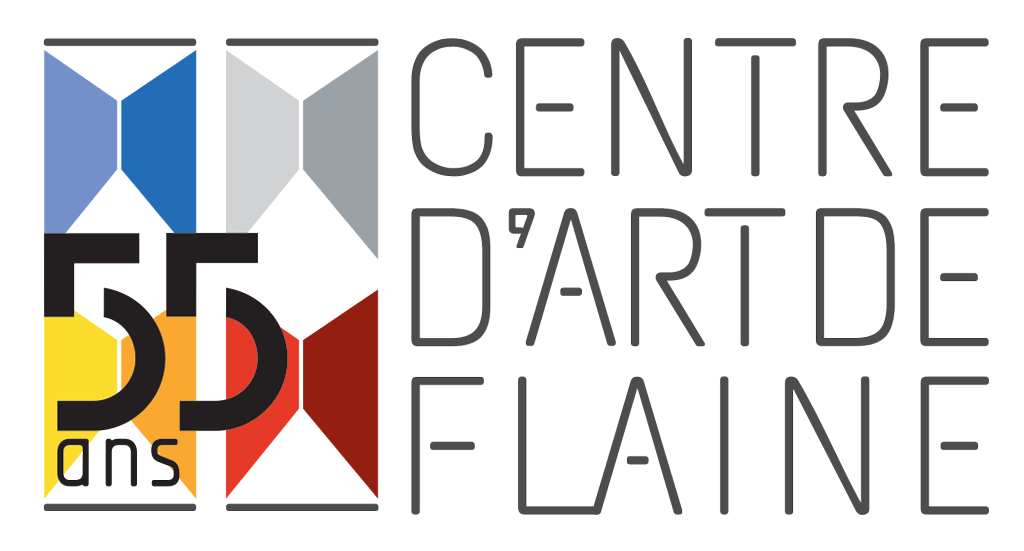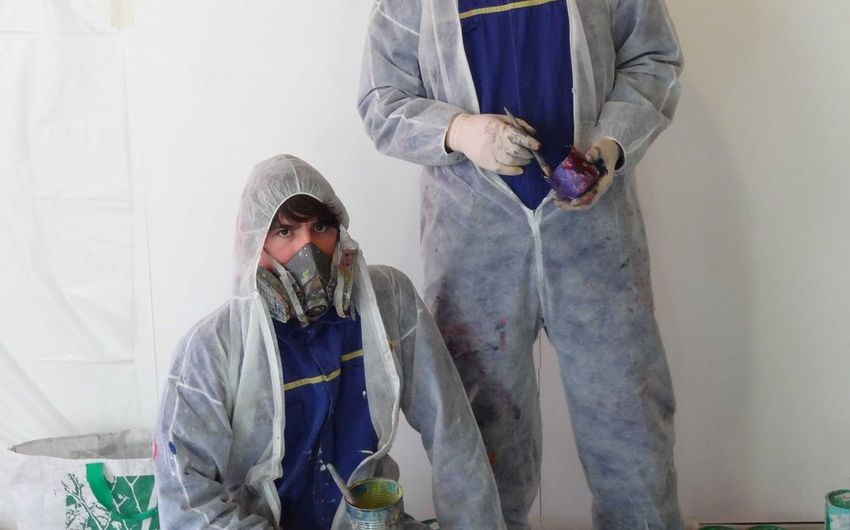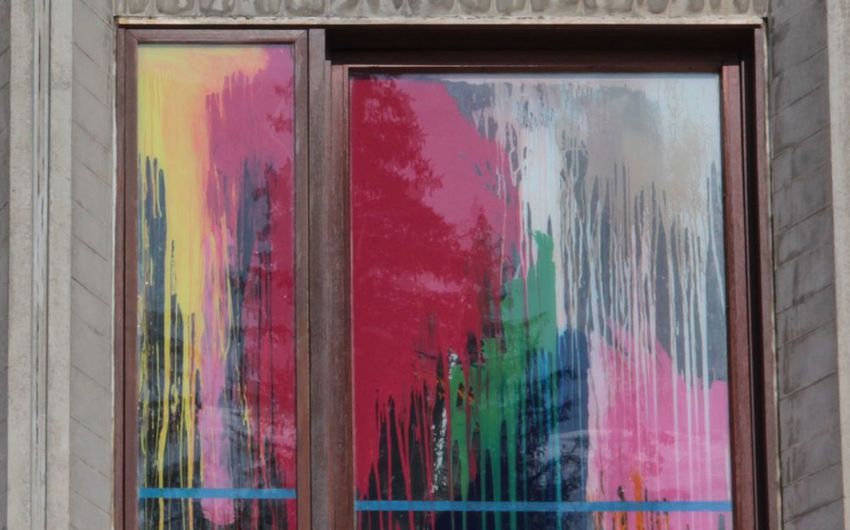WALK THE LINE JOHANN RIVAT
01 | 03 | 12
WALK THE LINE
Johann Rivat
February 11 to April 20, 2012.
“Organizing an exhibition […] necessarily involves taking certain criteria into account. The relevance of the chosen theme, its novel character or, in the case of a theme already dealt with, the ability to repeat its reading naturally count among the first. Others are also to be taken into consideration which affect the institution where it is presented. The history of the place, the nature of the collections kept there or even the previous exhibitions which were organized there or those, to come, which are part of the program complete the inventory of data which justify the choices. "
In January 1970, under the impetus of Sylvie Boissonnas, the Flaine Art Center opened its doors. Over 25 years, around 70 exhibitions show the works of Max Ernst, Pablo Picasso, Jean Dubuffet, Hervé Di Rosa, Sophie Calle, Pol Bury, Gloria Friedmann, Simon Hantaï and others
However, in this place of exhibitions the question arises of the hanging of the medium "painting", this one having exceeded the framework of the canvas for various reasons and in multiple directions. The exhibition Paintings without chassis of the Supports / Surfaces group in the summer of 1976 in Flaine already answered this problem, so the invitation made to Johann Rivat is trying to bring a new layer of concrete to the building.
Johann Rivat's painting is therefore part of a Flaine story as much as an art story and it is in this that he follows the line while walking straight (Because you're mine, I Walk the Line). Aware of this inevitable inscription in a research process on painting, his Flainois intervention echoes between the snow-covered cliffs, the concrete of the buildings and the artistic productions represented by Simon Hantaï's canvas and some publications from past exhibitions. In this perpetual ricochet a visual dialogue interferes without comparison or arrogance but proposing a form of inventory.
This dialogue is silent. Silent like what is played in his paintings. Silent like a silent word whose language is the image. The animals are silent and yet we hear them howling. The buildings are veiled in a silence which makes them visible. Likewise, freed from human presence, nature keeps the stigma of a passage that we must constantly rebuild. Johann Rivat composes scenes whose strangeness comes from an absence that he veils and reveals with the help of snowflakes or proliferating plants, as one would strike the twelve strokes of the brigadier several minutes after the start or as one would open a film by a card saying "Two weeks later". It is this same relation to time, that of an in-between, of the story taken in its middle, of History which is always rewritten in different ways that this painting questions. The track on which we are traveling opens up a new option each time our gaze settles on a new experience. This is how we redefine our vision of the world and therefore how we interact with it.
And then, in front of the dramaturgy of the scene, a viewer who remains speechless because he is just as caught up in the silent story as by the object. Its dimensions, the importance of the pictorial material which melts then loads and finally flows towards the ground, the edges of the chassis which remain visible, everything is there so that the spectator does not feel fooled even when he is carried away . Sometimes the painting is done alone, randomly, in a depth of the gesture and a form of obliteration of thought, that is to say in a fusion close to the "no mind" of Zen thought. Always, there exists in his works a sincerity of the object which comes not to serve the impact of the work but to nourish it with its authenticity because Johann Rivat walks straight.
It is the same with the windows and the windows veiled with pictorial material. These, while playing from the outside with the disappearance of concrete in the snow, come to reevaluate the architectural intervention in the same way as the abstract stained glass windows of the Cathedral Notre Dame de la Consolation du Raincy by Marguerite Huré came to reinforce the mineral aspect of the material. The coexistence of all these pictorial materializations, the placing on a level of equality of so-called “traditional” painting on canvas and protective tarpaulins, tools (rags, sticks, etc.), and other extensions of the practice, are an attempt to define a pictorial practice as well as the relationship between man and his activity in a research process, in a winding path or the only one that "Walk the line" is Johann Rivat.
Anthony Lenoir - February 2012


